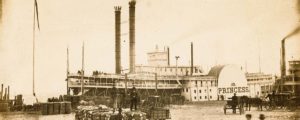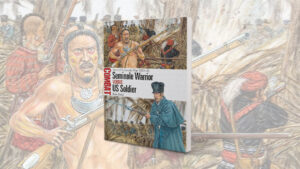Dear Sir,
It my understanding that, during the American Civil War, there were no official military graves registration units, as were organized in later armed conflicts. As I read and try to comprehend the mind bending casualty figures, I realize there must have been serious logistical problems in dealing with heaps of dead so dense, as one witness described it, “One could literally walk upon the battlefield and not touch the ground.” A resident of Gettysburg reported that the stench of death was evident for months in the aftermath of the epic event. With the documented carnage of men and horses at various scenes of battle across the Civil War map, I have wondered; who was responsible for implementation of retrieval, identification, sanitation, and disposal of the dead in the aftermath of battle? It must have been a horrific, overwhelming task, so difficult for us to imagine today, especially in the shear amount of manual labor involved.
Thank for your historical insight on this often unmentioned aspect of war.
Marcus Smith
? ? ?
Dear Mr. Smith,
The unprecedented casualties of the American Civil War presented unprecedented challenges to both armies, with no consistent means of dealing with the dead—a sanitary problem that had existed since mankind’s first major wars. The winning side (i.e., the one that held the ground at the end) buried its own dead with as much dignity as it could, usually with some sort of identification pinned to the body for future reference and, if possible, a marker with name and date of death. In the Union army, black contrabands accompanying the army usually got this job, burying the dead with their uniforms, under cloths or in pine boxes as time and available resources allowed. The enemy was generally buried unceremoniously in mass graves—especially blacks of the Union army at the hands of Confederates, who dumped Colonel Robert Gould Shaw in with them after the failed July 1863 assault at Battery Wagner. Sometimes officers on either side would get a better sendoff, as circumstances permitted. Burials were handled in a bit more consistent manner outside of military hospitals behind the lines and even more so to those who succumbed in the formal facilities in the nearest town or city, with the Sanitary Commission or Christian Commission handling the burials. A late war development, at the behest of families of the deceased, was a revival of the art of embalming and preparation for transport home, for local burial whenever possible. In all these cases, however, there was no uniform “Graves Registration” department and the fate of a dead solder, whether slain in combat or, often, dead of infected wounds or disease, depended on the exigencies of battle and proximity to the front.
Editor’s Note: Readers wanting to learn more on this topic might want to read Republic of Suffering: Death and the American Civil War, by Harvard University president Dr. Drew Gilpin Faust, or watch the PBS program based on that book, American Experience: Death in the Civil War.
Sincerely,

Jon Guttman
Research Director
World History Group
More Questions at Ask Mr. History




